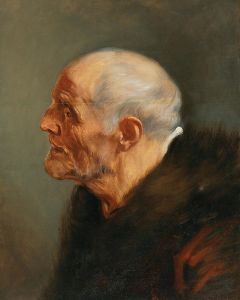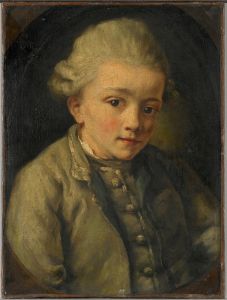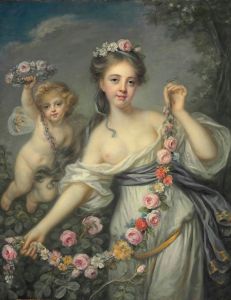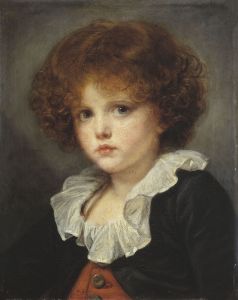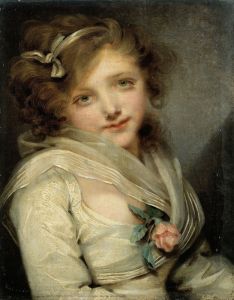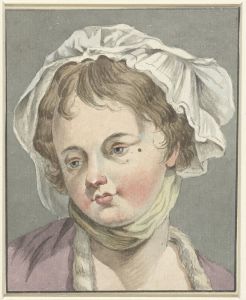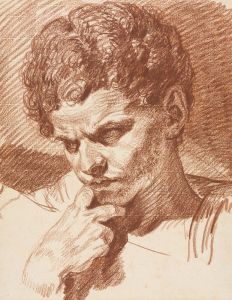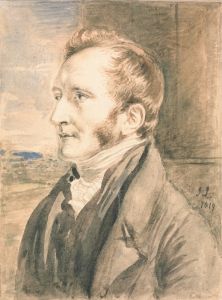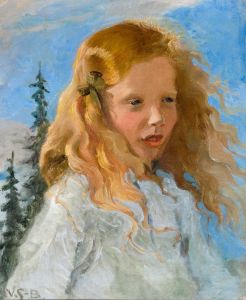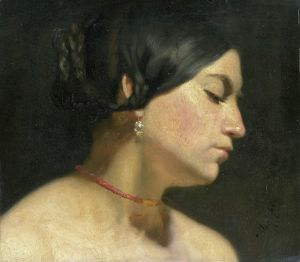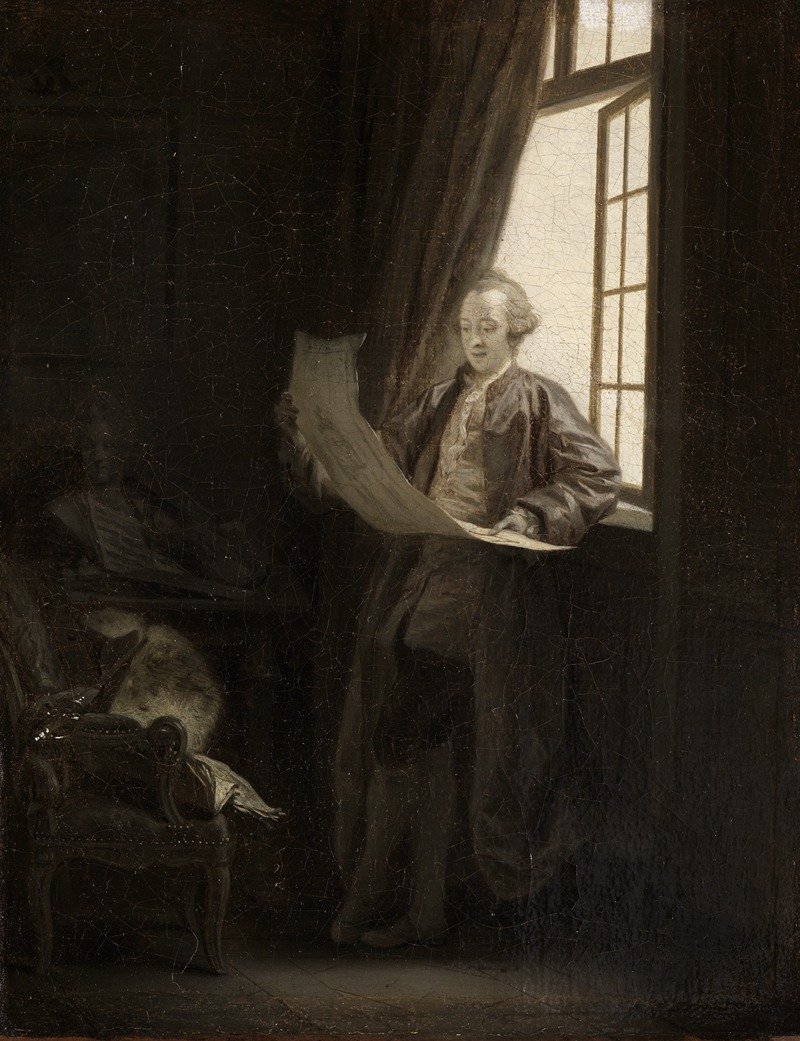
Claude-Henri Watelet
A hand-painted replica of Jean-Baptiste Greuze’s masterpiece Claude-Henri Watelet, meticulously crafted by professional artists to capture the true essence of the original. Each piece is created with museum-quality canvas and rare mineral pigments, carefully painted by experienced artists with delicate brushstrokes and rich, layered colors to perfectly recreate the texture of the original artwork. Unlike machine-printed reproductions, this hand-painted version brings the painting to life, infused with the artist’s emotions and skill in every stroke. Whether for personal collection or home decoration, it instantly elevates the artistic atmosphere of any space.
Jean-Baptiste Greuze was a prominent French painter known for his genre scenes and portraits during the 18th century. One of his notable works is the portrait of Claude-Henri Watelet, an influential figure in the arts and literature of the time. This painting is a significant example of Greuze's skill in capturing the character and essence of his subjects.
Claude-Henri Watelet (1718–1786) was a French writer, art collector, and amateur artist, best known for his contributions to the field of aesthetics and his involvement in the cultural life of France during the Enlightenment. He was a member of the Académie Française and wrote extensively on the theory of art and gardening. Watelet's most famous work is "Essai sur les jardins" (Essay on Gardens), which reflects his interest in landscape design and the natural beauty of gardens.
The portrait of Claude-Henri Watelet by Jean-Baptiste Greuze is believed to have been painted in the latter half of the 18th century, during a period when Greuze was at the height of his career. Greuze was renowned for his ability to depict the subtleties of human emotion and character, and this portrait is no exception. The painting captures Watelet with a thoughtful expression, suggesting his intellectual pursuits and reflective nature.
Greuze's technique in this portrait is characteristic of his style, which often included a focus on the face and hands to convey the personality and mood of the sitter. The use of light and shadow in the painting highlights Watelet's features, drawing attention to his contemplative gaze. The background is typically understated, ensuring that the viewer's focus remains on the subject.
This portrait is not only a representation of Watelet as an individual but also serves as a reflection of the cultural and intellectual milieu of 18th-century France. Watelet was part of a broader movement of Enlightenment thinkers who valued reason, nature, and the arts. His portrait by Greuze can be seen as a visual testament to these ideals, capturing the essence of a man deeply engaged with the artistic and intellectual currents of his time.
The painting is housed in the Louvre Museum in Paris, where it is part of the collection of 18th-century French paintings. It remains an important work for both its artistic merit and its historical significance, offering insight into the life and times of Claude-Henri Watelet and the broader cultural context in which he lived.
In summary, the portrait of Claude-Henri Watelet by Jean-Baptiste Greuze is a masterful depiction of an influential figure of the French Enlightenment. Through Greuze's skilled artistry, the painting captures the intellectual spirit and personal character of Watelet, making it a valuable piece of cultural history.





